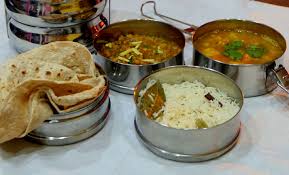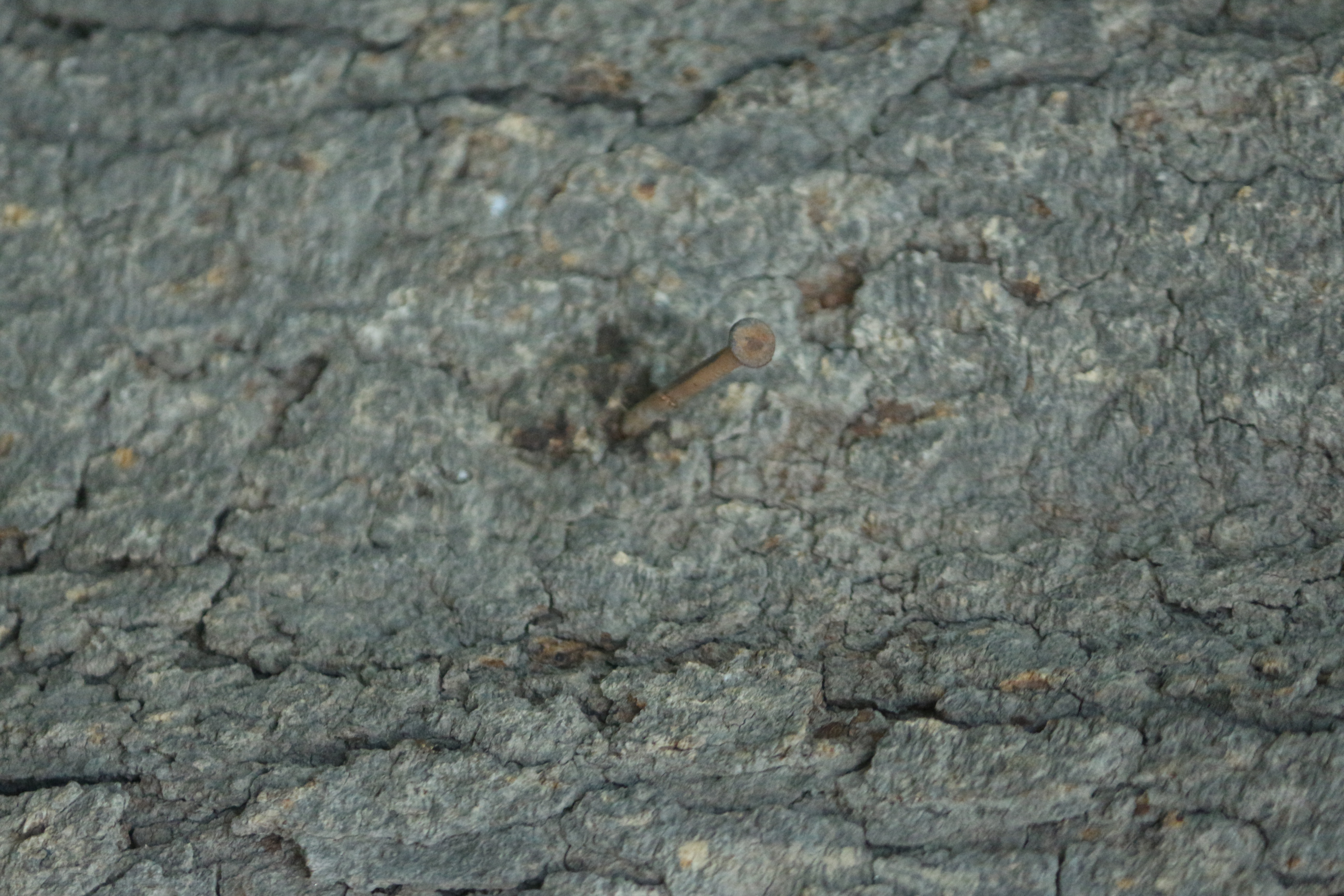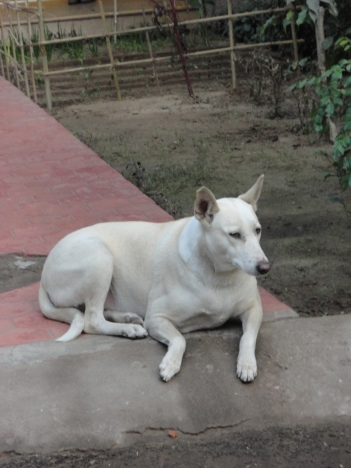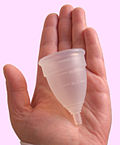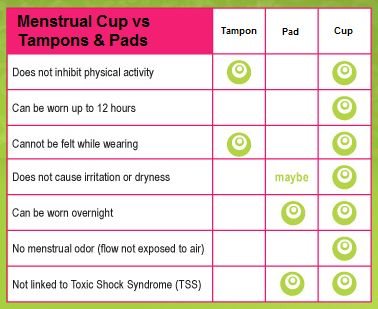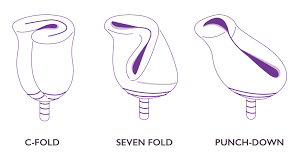Every night Rhoda woke up from the same captivating nightmare. The details always remained the same. She would be trapped in a huge plastic bag, struggling for air, but couldn’t find any. She was not alone but surrounded by people of all races (depicting the world), staring down at her helplessly. She cried for help, but no one dared to move a muscle. Rhoda was being offered as a sacrifice to ‘Plasticus’- the god of Plastic, in return for these people’s requirements of plastic.
An arrangement had been settled between Plasticus and the people of the earth, that for their monthly requirements of plastic they had to offer the god a human sacrifice. Rhoda was their sacrifice of the present month. Being a sacrifice for Plasticus was considered a privilege. It was a popular belief that these sacrifices went into the world of plastic luxuries. Rhoda was not a big fan of things made of plastic, but she had been trapped into this by her own parents, who wanted to ensure a bright afterlife for their daughter. With each new nightmare new information was added into her nightmare. But the breathless experience did not become one that she could get used to.
This nightmare slowly took over Rhoda’s psychological state of mind. She acquired a phobia which many thought did not exist, and which her family and friends took to be an attention-seeking policy that doctors named ‘plastiphobia’. Now, if Rhoda saw any plastic product, a nauseating feeling overtook her. But it wasn’t until she locked herself up and declared not to come out until her family removed all things plastic that they really understood it as a serious issue.
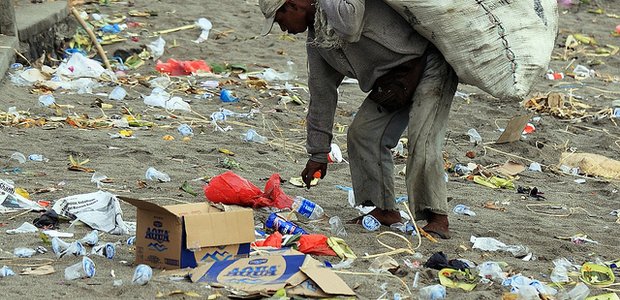
So, the project began. The fake plastic flowers, toys, photo frames, clock, plastic bags, combs so on and so forth. But it was interesting to see that humans actually have the ability to live without plastic (the non-biodegradable one). Most of the plastic products have easy replacements in either their degradable plastic products or other green, eco-friendly materials.
Outside of the illustration, it is important for us to realise: do we essentially need a patient of plastiphobia to catalyse our acquaintance with the negatives of plastic? It now falls upon us to go step by step through the mission of ‘plastic elimination’.
We at Vatavaran believe in glocalisation (global+local) because the effort of each individual adds up to the global effort. So let each of us rise up to our responsibilities, which we share as citizens of this earth.
picture credits: www.theage.com.au, www.siliconafrica.com
Mahima Bobin
Editor
Vatavaran



